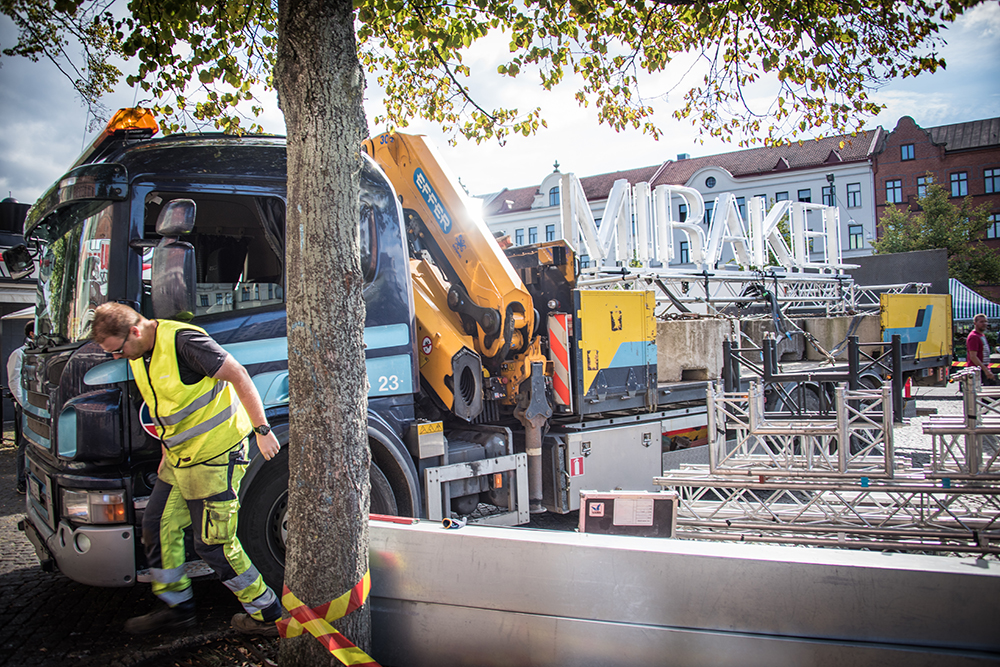There are many processes for working with public art – almost as many as there are art projects and contexts. For example, the nature and time frame of a project depend on whether it is possible to initiate the project as an independent initiative or if it has to be correlated with an ongoing building process. Other decisive factors are whether the art will be temporary, permanent or part of a long-term urban development process.


Before the Artist Begins to Work
It is a good idea to have a long start-up phase. A properly prepared project will give the artists better working conditions. During the preparatory phase, a curator/art project manager may be employed and an advisory group composed of experts in the field may be formed. This enables an accurate assessment of the conditions for an artistic project, which may be presented in an art programme. This also provides time for choosing the correct form of procurement for the artistic project, and for solving the issue of how to deal with and finance future maintenance and running costs.
When the Artist Begins to Work
When an artist has been selected to create a public artwork, the artist embarks on their concept work or sketching period, which is the time devoted to developing and proposing an artistic project. When the concept or sketch has been approved, the production phase of the art project begins. Now the concept will be transformed into reality. The result of this process is a new public artwork. Temporary art projects can provide viewers with experiences that may last a lifetime. If the artwork is permanent, both contemporary and future generations may develop a relationship to the artwork.
Art and the Designed Living Environment
Public art is often conceived in a collaboration between artists, architects, landscape architects and other professionals who are experts in designing our shared environment. The work also entails relating to existing social and cultural values. That public art is as important as architecture, design and other forms of cultural heritage to our shared environments is emphasised not only by art professionals but also by politicians. The importance of art is underlined by Sweden’s cultural policy objectives and by the Policy for Designed Living Environment. Artists, art consultants and curators are resources especially trained to think critically, questioningly, and open-mindedly. They often contribute to the creation of possibilities that push boundaries.